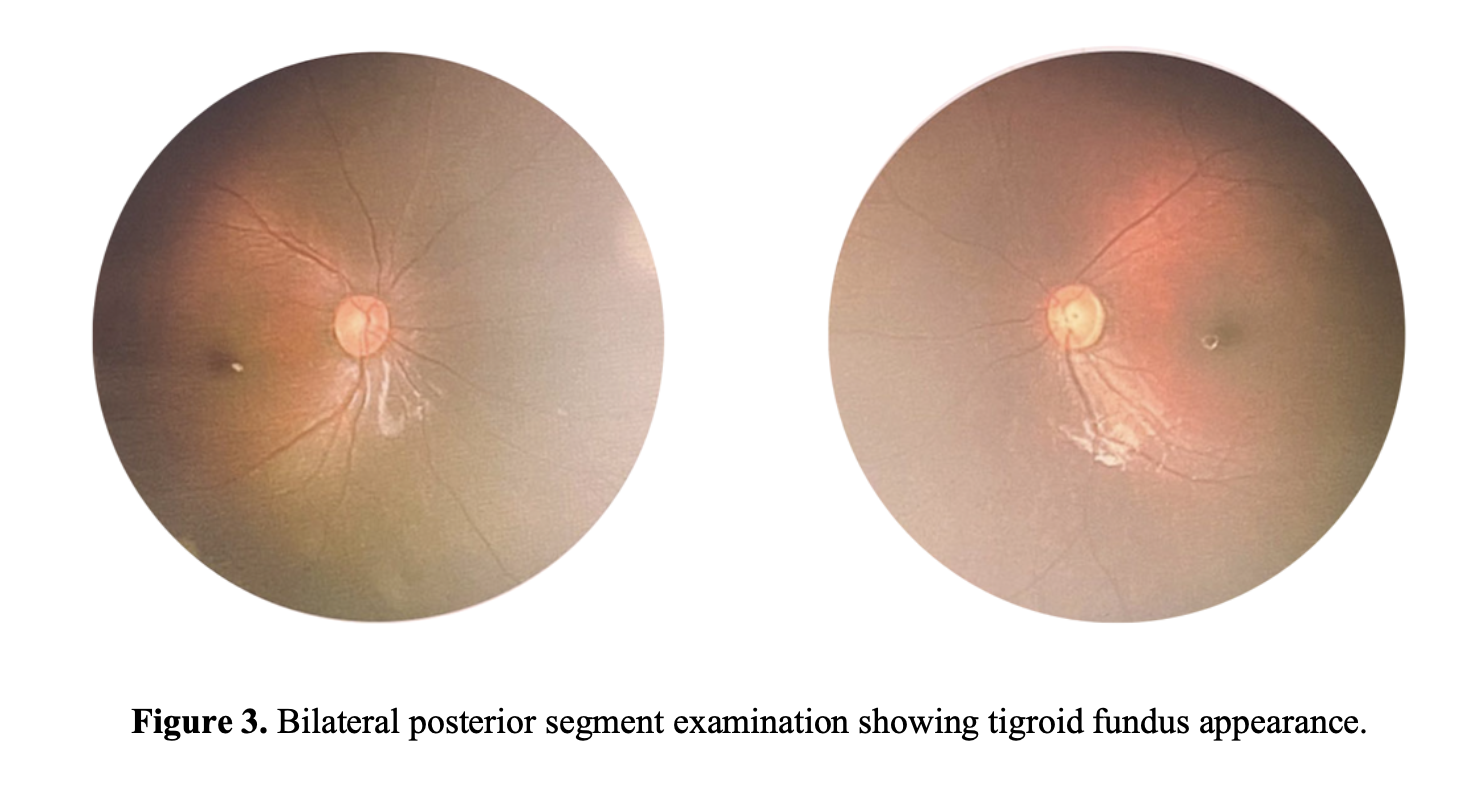Ophthalmologic findings in Cornelia de Lange syndrome Poster Presentation - Case Report - Resident
Abstract
Introduction : Cornelia de Lange syndrome (CdLS) is a rare disease characterized by multisystem abnormalities, including various ophthalmologic problems. The purpose is to report this kind of rare case and highlight the role of ophthalmologist in visual development optimalization.
Case Illustration : A 2-year-old boy with CdLS showing bilateral microcornea, cataracts with “dot opacities,” and chin lifts induced by ptosis. We also examined brow hypertrichosis, synophrys, and long arcuate eyelashes. High myopia and high astigmatism was found in the patient with spherical equivalent of 9.8 D. He was born with low birth weight, microcephaly, anteverted nostrils, depressed nasal bridge, thin upper lip, micrognathia, low posterior hairline, short neck, and syndactili. He also showed psychological lag and developmental impairment. Glasses was then prescribed to prevent amblyopia.
Discussion : Individuals with CdLS may have multiple treatable ocular conditions. We recommend that patients have an initial ophthalmic examination after diagnosis of CdLS is first made, in order to establish a baseline and to assess for the presence of abnormalities that would benefit from early intervention. Examination under anesthesia may be required in some patients to adequately assess for any abnormalities, and to obtain a good refraction as well as an inspection of the retinal periphery in children with long axial length. Early intervention may greatly improve function and prevent vision loss due to amblyopia.
Conclusion : Initial ophthalmic examination followed by routine annual screening is warranted when a diagnosis of CdLS is made, given that ocular anomalies are present in the majority of patients and may impact vision and daily functioning.
Full text article
References
(-)
Authors

This work is licensed under a Creative Commons Attribution-NonCommercial-ShareAlike 4.0 International License.


